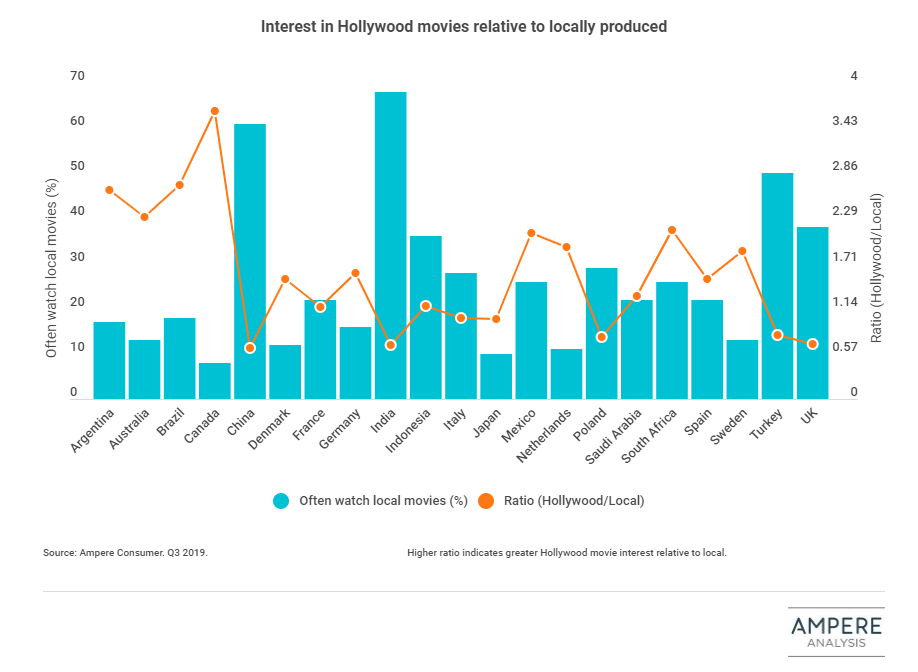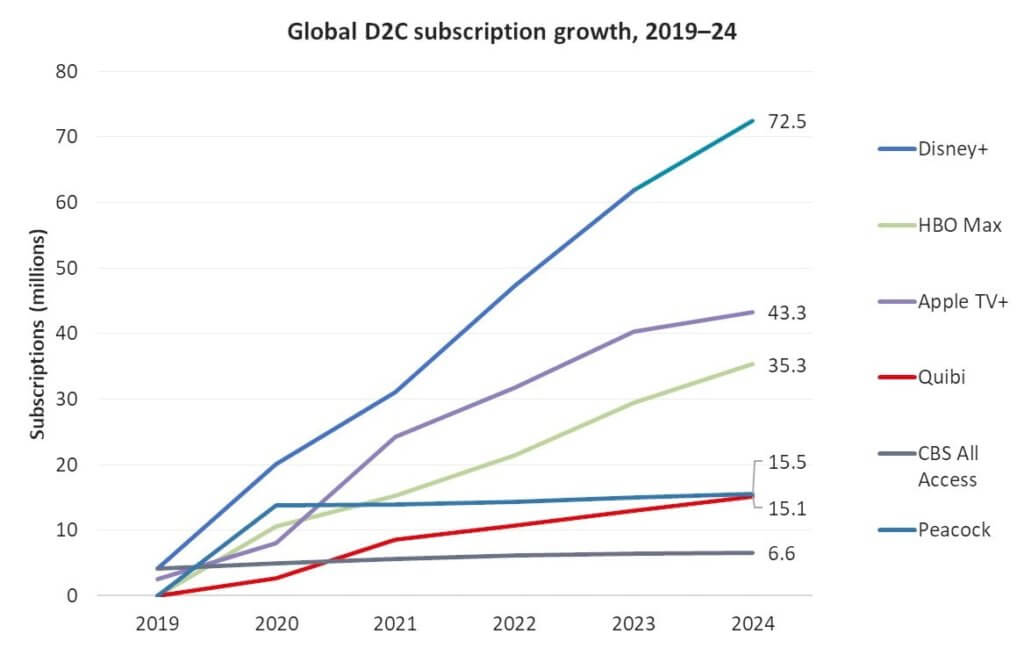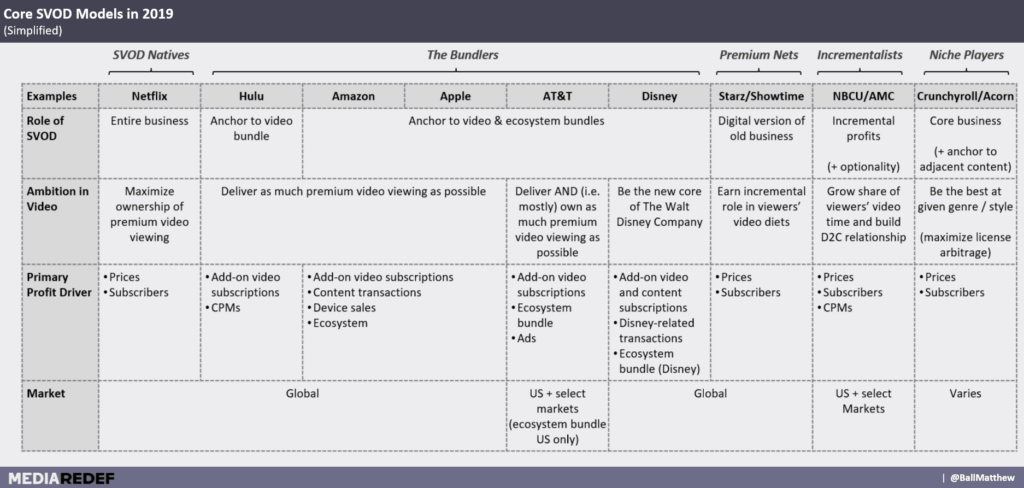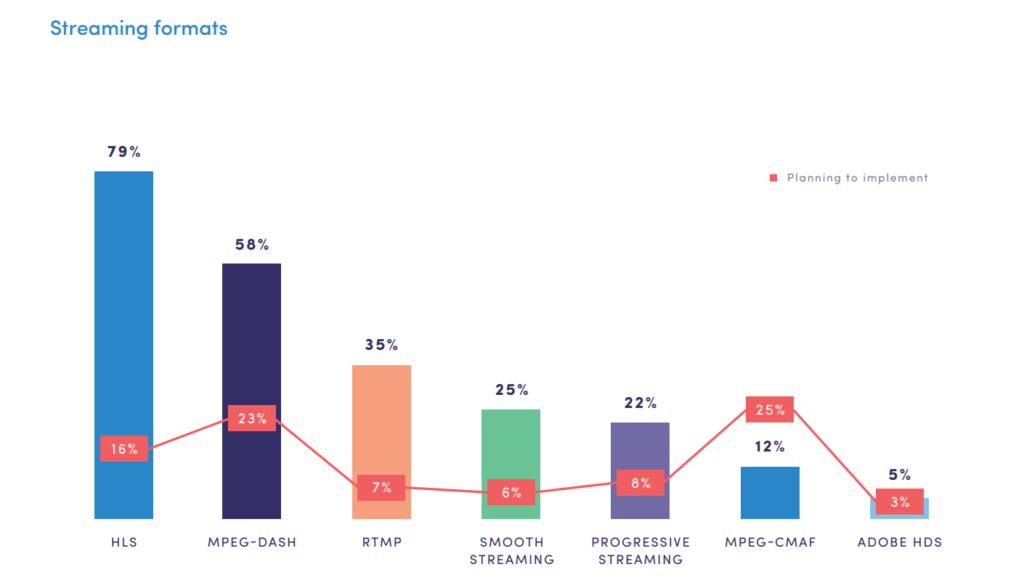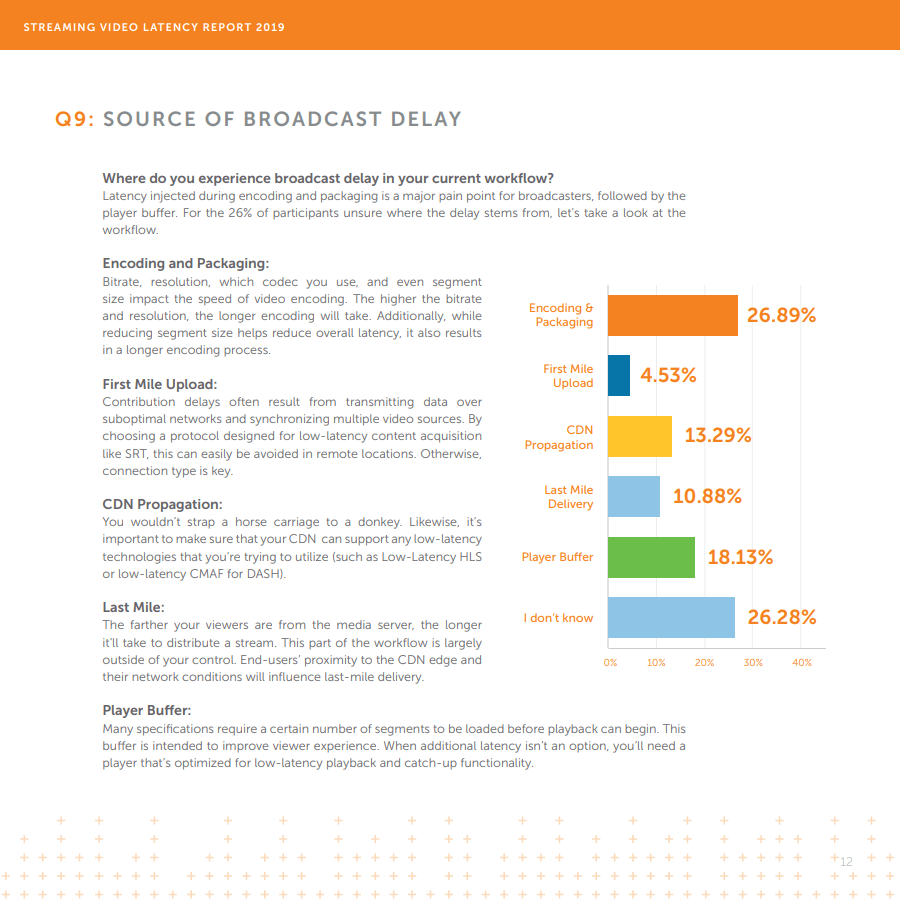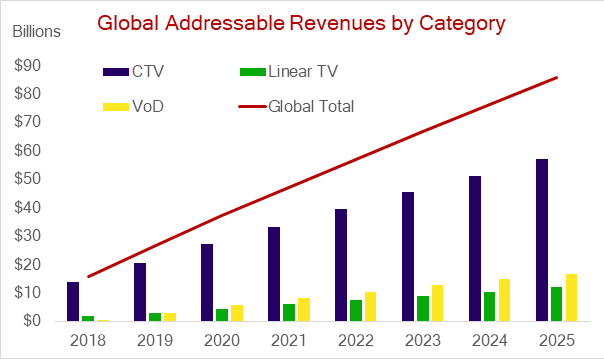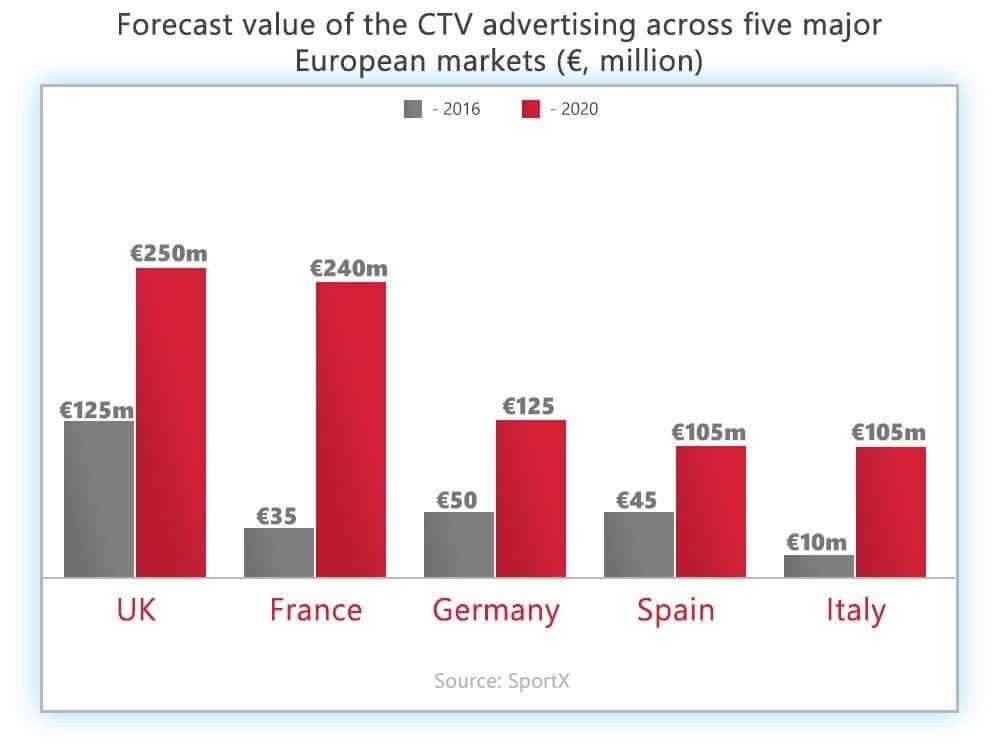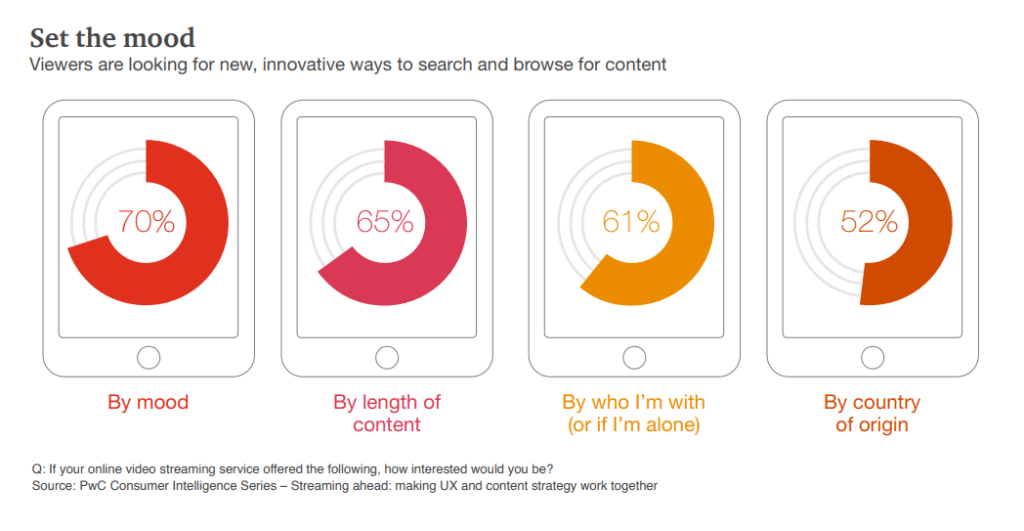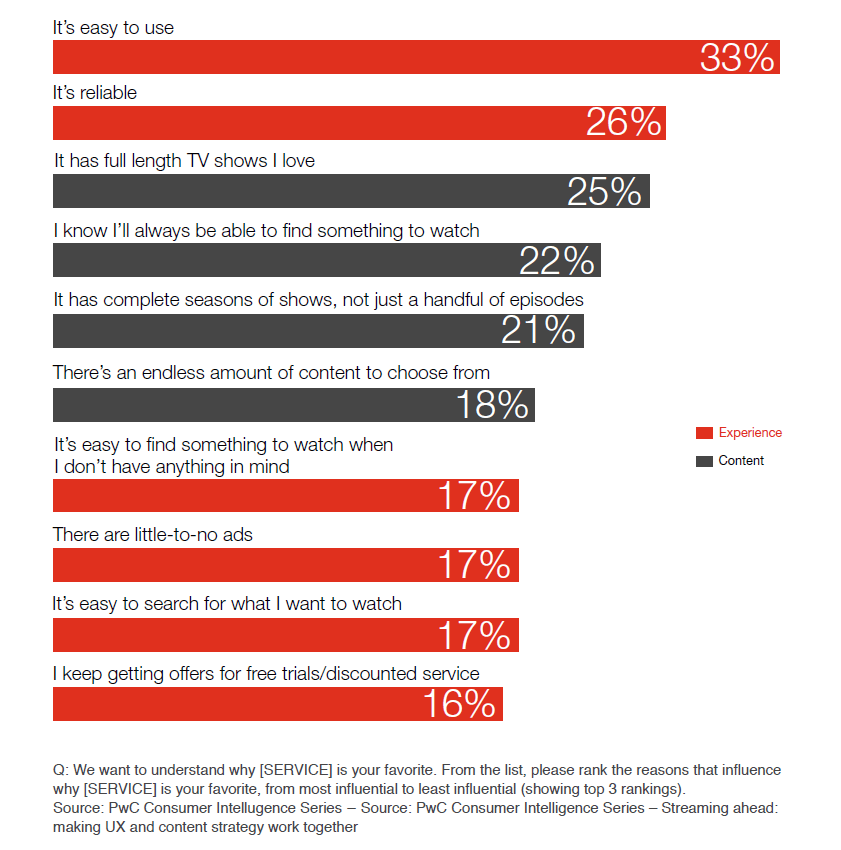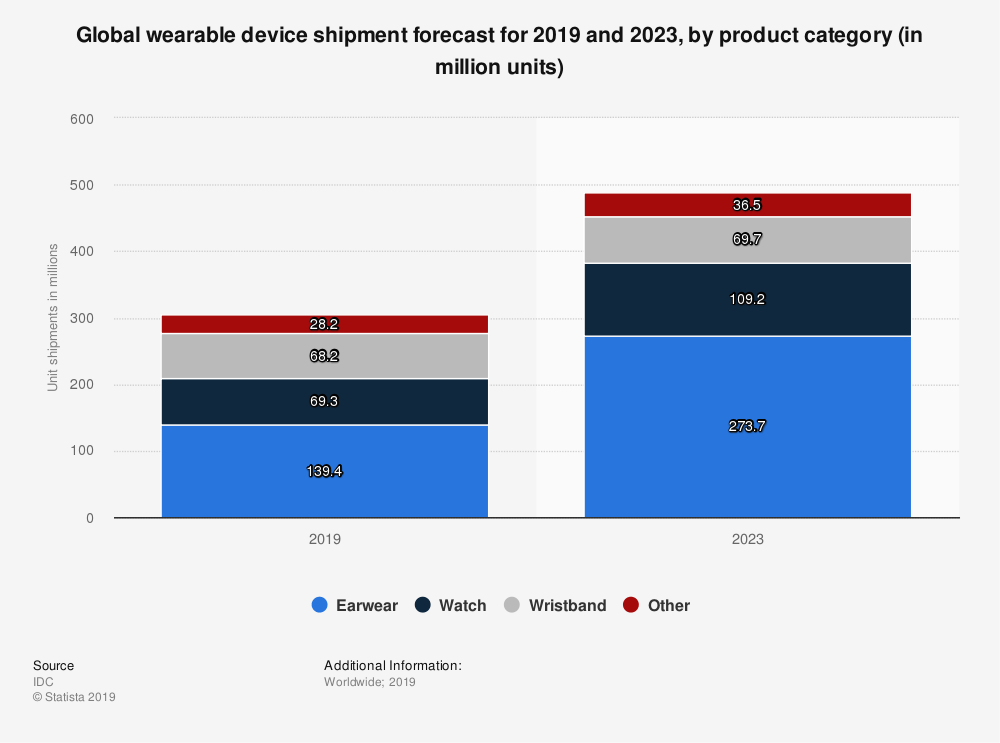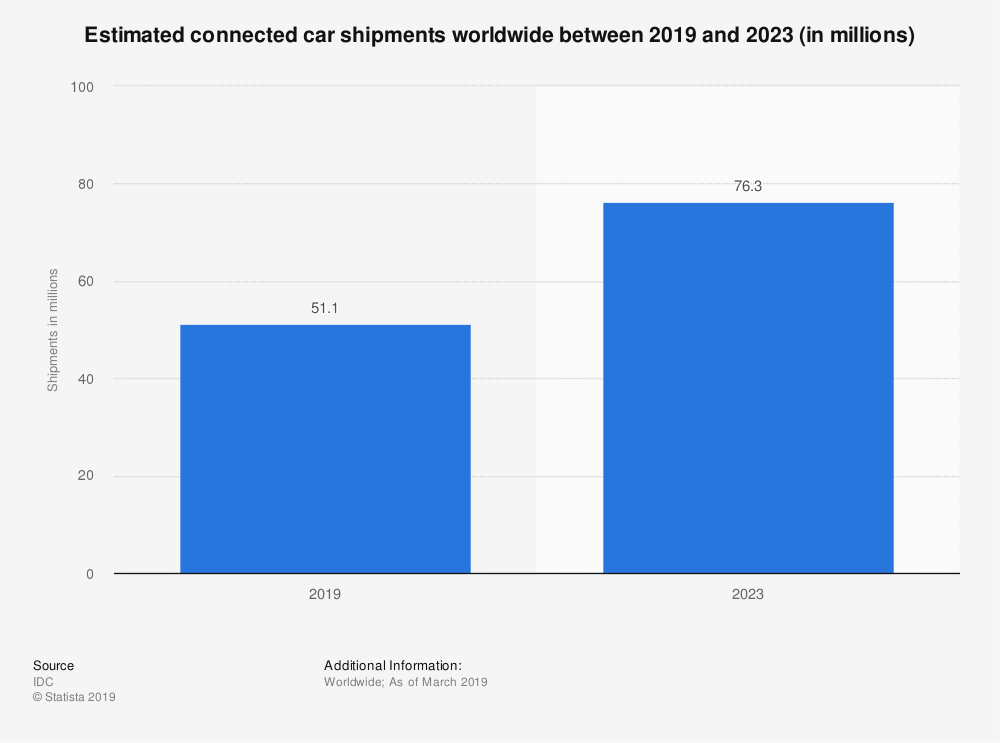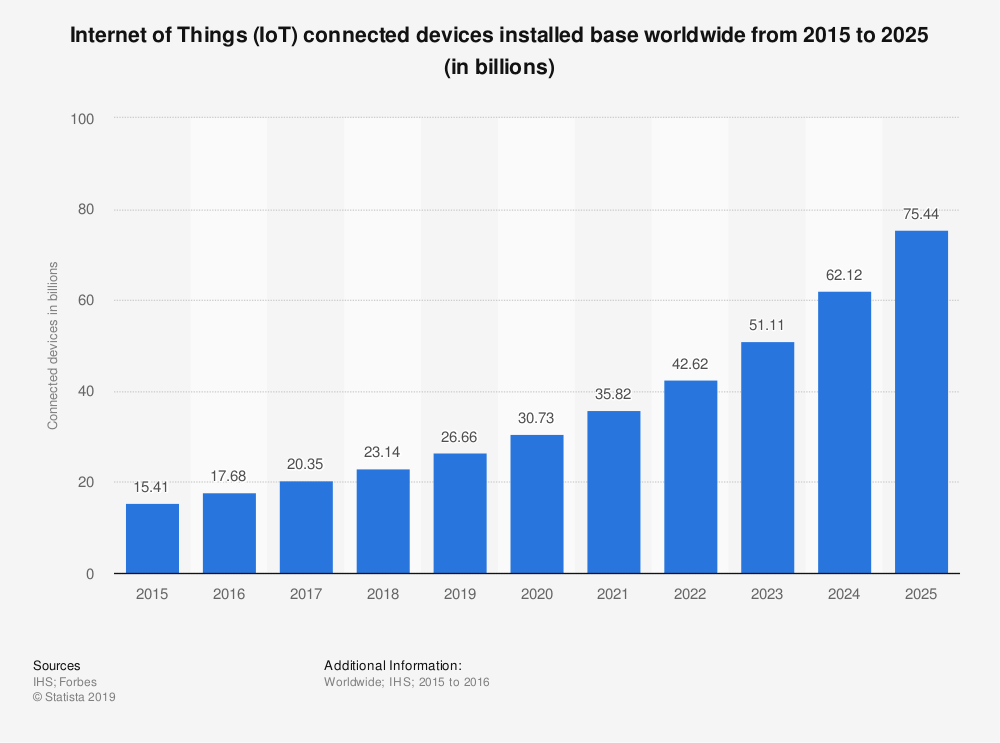Maybe you would like to read our latest trends report: 21 key trends in media and technology for 2021
By Valéry Bonneau, digital marketing manager for broadcast and video solutions
With OTT deployments growing every year, on top of The strongest 2020 trends in broadcast and video, this year we’re taking a dedicated look at streaming trends.
Wars, streaming wars
Ok, this isn’t new, but the streaming battle definitely reached new heights in 2019, following so many new streaming service launches and developments across 2018 and 2019.
And we do mean wars, plural, because these are happening all over the world with global players like Amazon, Netflix, Apple and Disney fighting for domination. But there are also many local battles with regional players fighting the big players over local content as the “Indian streaming wars” have shown us.
And when you see how important local content can be, you understand what those local streaming wars mean:
Source: Ampere Analysis
We’ve also used the plural because these streaming wars also concern formats and models with AVOD fighting with SVOD and short format competing with long format, with public announcements from Quibi highlighting this at CES 2010. This article – Quibi versus the world – is worth reading.
The situation in the US is predicted look like this:
Source: telecoms.com
To take a step back, we can’t think of a better article than the one Matthew Ball published last year, together with this diagram, to summarize the 2019 situation and buildup in 2020.
Source: Redef
The stakes are high as these streaming wars spread across devices and formats, with the content fatigue that we address in our Strongest trends 2020 in broadcast and Video also something that everyone has to be aware of.
Let’s meet in 2021 when the results are in…
CMAF and ultra-low latency
2020 should also be the year of CMAF (Common Media Application Format). Bitmovin’s “video developer report 2019” stated that 25% of the participants are planning to implement CMAF in 2020.
Source: Bitmovin
It’s not the first time a trend – in this case, a streaming format – is acclaimed one year and might be trashed two years later (Do you remember how excited some of us were by 3D when it appeared again not so many years ago? No? Yeah, that was an embarrassment for the industry 😁 ).
But CMAF seems more than just hype because it may well resolve a lot of the existing issues OTT is facing. This is the perfect moment to remind you of our 7 sins of OTT video):
– latency
– adaptative bitrate delivery
– CDN cost reduction
Is it a magic wand of a solution? Unfortunately, like almost everything, it’s more complicated than that. To clearly understand what’s at stake, you should read The State of CMAF: The Holy Grail or Just Another Format?
Of course, CMAF might not be enough to kill latency (for OTT that is, because otherwise there’s always satellite 😁)? Latency can appear for many reasons: quality, bandwidth, player, origin server, CDN and much more. There’s always a way video can get stuck.
Source: 2019 video streaming latency report
What can we do? Using better codecs will be key. Webrtc is also very useful, the player is vital and, in fact, because latency can appear everywhere, it can also be mitigated all along the contribution to delivery chain.
Why will ultra-low latency be trending in 2020? Because of the Olympics, because of CMAF, because of 5G, because of AI, because of compression…
Addressable TV is in the house!
Advertising has been fueling our industry since the first ad in 1941. As competition becomes more intense, the linear channel business is undoubtedly in a battle as digital profiling provides more and more online opportunities and so the way advertising is used is now more important than ever.
In that respect, 2020 will definitely be the year of targeted advertising. As we are seeing with our customers, a lot of companies are pushing hard to increase their ad revenue:
– On-demand: it’s been here for a while and will continue to grow
– Live pre-roll: again, been here for a while.
So what’s new? Targeted advertising on live feeds. This is very similar to what we’ve already seen on mobiles/tablets/PCs but is now able to be achieved on TV. As TVs become truly connected, we can now replace the regular ad in the feed with a targeted ad, or ads, for one single person/device – or a segment of viewers – therefore instead of supplying one ad to a million people, for example, we can serve perhaps twenty different ads that because they are far more targeted will obviously increase monetization. That requires clever technology, a precise delivery process and data collection and treatment. These have not been easy to master and that’s why it has taken time to be become a real-world proposition. Kevin Westcott, Deloitte’s US leader of telecommunications, media, and entertainment, says:
“Of course, targeted advertising relies on providers’ ability to extend highly relevant offers to consumers. This requires a deep understanding of customers’ interests and buying behavior. To gain these insights, providers should deliver value in exchange for the personal data consumers need to share for targeted advertising to work. Unfortunately, too many providers still haven’t figured out how to address this challenge.”
As well as the technology maturing, the number of TV households that we can target this way keeps increasing.
Source : vanilla plus
More target? Means more money? Yes, you got it right!
Source : admixer.com
If you’re interested in TV ads, we suggest you read these 2019 takeaways from Future TV Advertising Global 2019.
UX meets AI
The way we search for content has always been important. In 2018, people left a service after 90 seconds searching for content while 50% of millennials couldn’t find anything to watch on linear TV.
PWC stated that “55% of consumers look for something new to watch every week but 62% struggle to find it.”.
So, recommendations and personalization have been key for years, but they’re not enough. When Netflix saves $1 billion per year on churn thanks to optimized UX and an engaging customer experience, you know it’s worth investigating.
And that’s where AI and ML come into the picture. Like Andy Stout from IBC says: “Once you simply know the viewing habits of a household, for instance, you can use AI routines developed by several companies to retro-engineer remarkably accurate segmented data about its demographic composition for targeted advertising purposes with no breach of GDPR strictures along the way.”
And if you have a look at the PWC report about streaming, UX and content, you can guess that contextual means way more than “it’s raining so I’ll emphasize content with sun in it”.
Which means that, the better the AI understands the content, the better the recommendations.
Source: PWC
Let’s just remind ourselves how Netflix uses AI/data/ML when it comes to UX:
– personalization of recommendations
– personalization of thumbnails and artwork
– streaming quality
When you add a little bit of voice control, you’re good-to-go for movies, general entertainment or sports. Next year we might talk about the “zero UX” trend where everything is voice-controlled but let’s be patient.
IoT Streaming
And last but not least, the IoT (Internet of Things) video streaming. We’re going to stream video from anywhere to everywhere. And now, we mean truly everywhere:
- From a fridge to a car,
- From your doorbell to your mobile,
- From your watch to your kids’ watch
- From your helmet to your insurance
- From your hospital bed to your doctor and from your body to your doctor, meaning from the surgery table to your doctor.
It’s video streaming all the way.
There are so many figures/forecasts it’s hard to choose. Here’s just one example:
Source: statista
“Hey, earwear isn’t going to stream video!” you may argue. Right, but we still go from 160 million devices to 215 million in four years.
Okay, what about these?
Source: statista
Still not impressed? Let’s focus on one of the biggest potential sectors: the motor industry! And more precisely, cars, connected cars!
Source: statista
We’ll consume content in cars whether we drive them – okay, whether somebody drives while we have fun – or we are transported by self-driving cars. It even has a name, one of those names our industry is so keen about: inCartainment
As passengers shift from being drivers to passengers, their connected-device time, including video viewing, will increase. This new ‘passenger economy’ could be worth U$800bn by 2035, according to Intel, and a staggering U$7tn by 2050. It includes a U$200bn pot specifically related to video entertainment that will emerge as pilotless vehicles transform the ‘cabin’ into an immersive entertainment platform.
We are not only talking about regular video but also VR, AR: you name it. 2020 will see the continued rise of IoT.
That’s it for our 2020 streaming trends. What do you think? Of course, we have pushed some aside: 4K streaming will keep growing; mobile usage is still growing and esports has great momentum but we wanted to pick some that are a bit different. So which trends do you foresee across 2020?
Have a look at our 2020 strongest trends about broadcast and video blog!


